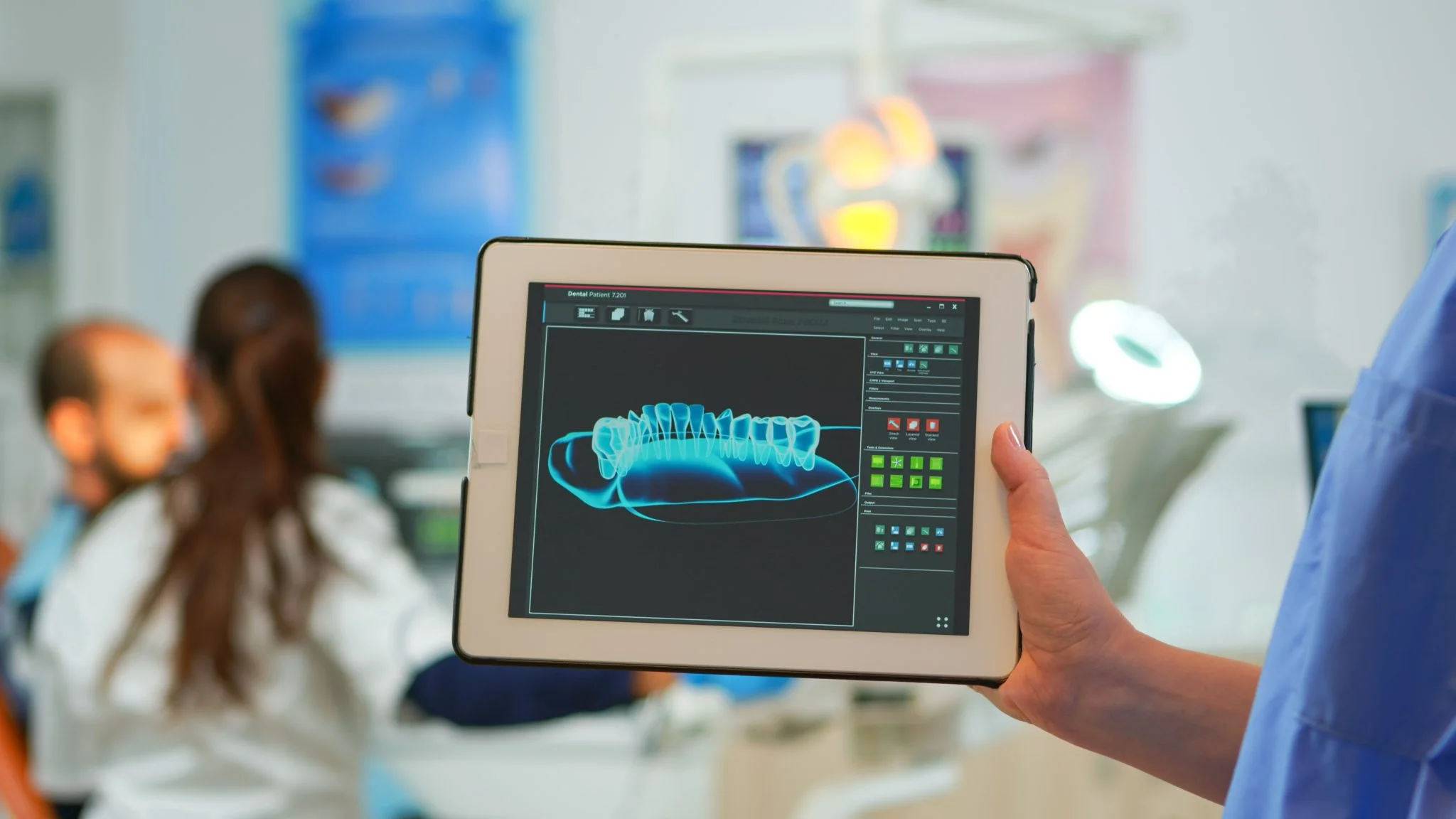What is digital dental filling?
Digital dental fillings are high-end restorations that combine all the advantages of classical filling methods. Classical amalgam fillings (metal-looking) have been used for years due to their durability and longevity, while the debate about their toxic effects continues.
Aesthetic composite fillings (light-curing white fillings), on the other hand, offered a good alternative to black fillings due to their aesthetics, despite problems such as sensitivity and short lifespan in the first periods of their use.
However, classical filling materials are insufficient in some cases for the treatment of deeply decayed, severely worn or canal root treated teeth. Because teeth with excessive damage need materials that are robust, aesthetic, long-lasting and support the tooth tissue well. This is only possible by producing the filling from a solid material outside the mouth (casting, baking or digital production techniques) and then applying it to the relevant tooth.
These applications require multiple sessions. That is why they are rarely preferred by both physicians and patients as they are not practical for filling treatment.
With the development of technology and the introduction of digital intraoral scanners and three-dimensional production devices, these high-end fillings and restorations can be applied to the patient’s mouth in a single session.
Digital fillings, which are mostly made of ceramic, composite and hybrid (ceramic-composite mixture) materials, are at least as long-lasting as amalgam fillings, as aesthetic as light-cured white fillings and offer permanent solutions to patients with their structures that support the tooth very well.
What are the advantages of digital dental fillings?
Although it is a great advantage that the entire treatment can be completed in a single session, the real superiority of digital technology and the feature that should be emphasized is that it gives the chance to obtain almost error-free restorations due to its precision.
Of course, the physician’s intraoral work must also be close to perfection. At this point, digital technology comes into play again and reminds the physician that the intraoral work of the physician must be within certain criteria in order to be able to perform the impression process and the production process. In fact, when the digital technology detects an error, it directs the physician to correct this error while still in the measurement phase. Thus, the production phase can be started.
Thanks to the digital libraries of systems that have proven themselves in the dental field, the type of material used in the restoration to be applied and the production parameters are guaranteed with licensed products.




